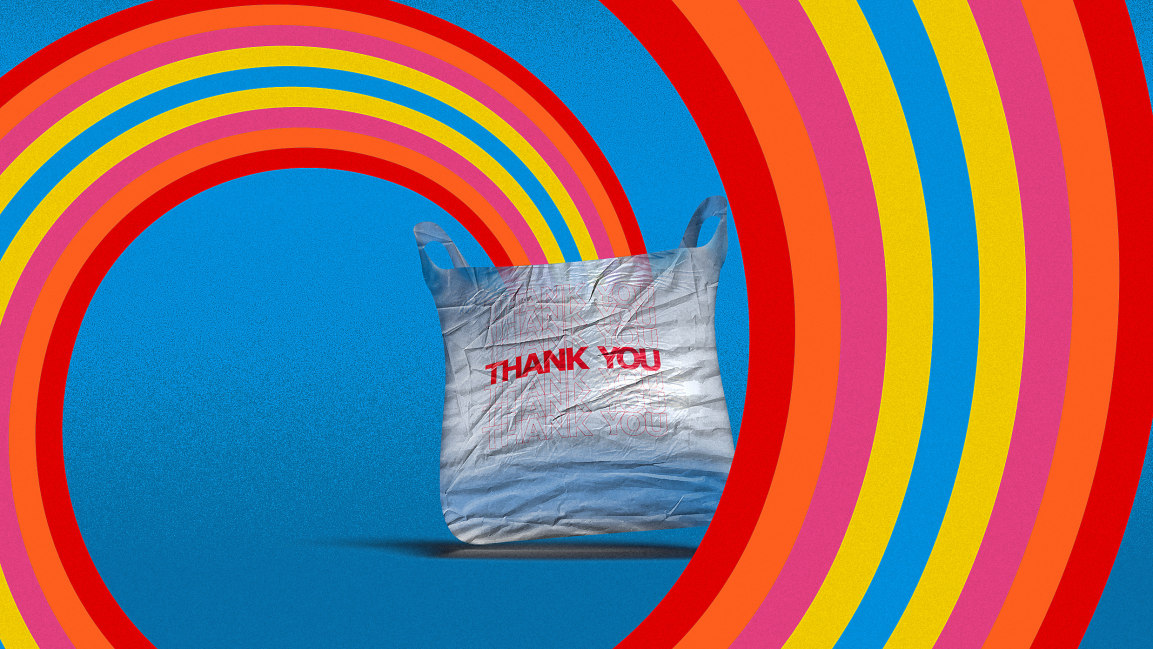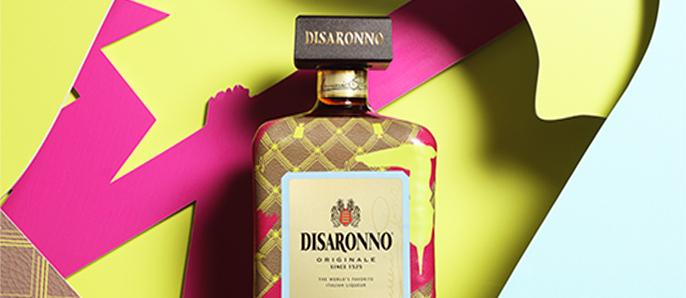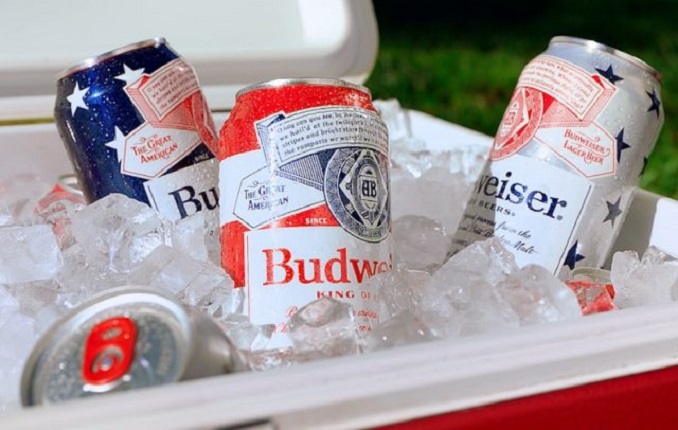BY MARK WILSON
First they came for plastic cups. Now they’re coming for plastic bags.
In 2018, McDonald’s and Starbucks teamed up to create an eco-friendly alternative to the single-use soft drink cup. Coordinated by the investment firm Closed Loop Partners with support from the design studio Ideo, it was an unprecedented, joint effort between rivals to fix the ecological impact at the core of their business. Several of the resulting winners were piloted in stores earlier this year.
Now, the retail industry is following suit. Today, Walmart, Target, and CVS Health are announcing the Beyond the Bag Initiative, a plan to reinvent single-use plastic bags. The three companies are leading the new initiative with Closed Loop; Kroger and Walgreens have signed up as well. With $15 million in promised investments, the partners are inviting entrepreneurs and inventors to pitch new ideas to replace the 100 billion plastic bags still used in the United States every year.
“We have to approach this as an industry,” says Kathleen McLaughlin, executive vice president and chief sustainability officer at Walmart. “Walmart’s not going to figure that out on their own, nor is Target, nor is Kroger.”
The best ideas will enter a product accelerator with Closed Loop Partners, knowing that those businesses will have a market of the world’s biggest retailers eager to not just fund their efforts, but buy their bags—and any other new product delivery system they might imagine.
“What is needed is a way to transport items,” says Amanda Nusz, vice president of corporate responsibility at Target and president of the Target Foundation, Target’s philanthropic arm. “Hopefully, we’ll have a whole portfolio of ideas, some iterative on the bag, and some being more bold to bring a totally new concept on how we continue to offer a convenient way to transport items that’s simple, easy, joyful, and inclusive.”
WHY WE NEED A BETTER BAG
All three founding partner retailers have experimented with alternatives to the plastic bag, but none have landed on the perfect solution.
Replacing single-use plastic bags is particularly tricky. Most are still made from virgin plastics, produced as a byproduct of refining oil. They’re cheap, plentiful, and in essence, made from waste left behind by fossil fuels. But they can last for 20 years before breaking down, and they have a propensity to end up in our waterways. Meanwhile, most recycling facilities across the United States don’t accept thembecause plastic bags are difficult to sort and tend to clog machines.
Cities have banned plastic bags, and indeed, the simplest solution is to just bring your own bag. But not everyone does; hundreds of millions of shoppers go to Walmart, Target, and CVS each year. COVID-19 is only exacerbating the use of single-use plastics. Target offers a 5-cent discount for every bag a person brings, and it charges for every bag it provides in areas where that’s a law (such bag taxes are a statistically effective deterrent). Those bags can be returned for recycling at all Target stores and are made out of 40% recycled content across the U.S. Walmart has added recycling instructions on its own plastic bags, and added plastic-bag collection spots at 60% of its stores. Walmart has also pushed reusables, selling its own reusable bags for just 50 cents apiece.
“We prominently display them in the store, and we have cashiers offer them,” McLaughlin says. “We had a 42% increase in sales of reusable bags last year, which is great on one hand, but how much are people using them? Have they really solved the problem? I’m not sure.” She also points out that all of these reusable totes come with their own problematic lifecycle—a reusable plastic bag needs to be used 37 times to match the footprint of a disposable plastic bag, and a cotton bag needs to be used anywhere from 100 to more than 1,000 times, depending on the study you cite. If people don’t use these reusable totes enough to pay for their footprint, they can’t be considered much if any greener than disposables. Eileen Howard Boone, senior vice president of corporate social responsibility and philanthropy, and chief sustainability officer at CVS, agrees. “That’s the issue here . . . unintended consequence [of reusable bags],” Boone says. “You’ve taken one problem and created another.”
Retailers agree that changing behavior is as important as changing the product. Unlike the big-box retailers Walmart and Target, CVS has customers that tend to come in for just a few items, or even one item. In cities, shoppers won’t have a car, so they’ll often need something to hold their merchandise. “People don’t often bring a reusable bag. They will for groceries but not [CVS],” Boone says. So they’ve trained cashiers to ask if people want a bag with a purchase such as a birthday card. “We have a portion of our customers who are very very focused [on the environmental impact of bags],” says Boone. “But the vast majority don’t fully understand it.”
WHY WE NEED MORE THAN A BETTER BAG
So what would a better plastic bag look like? It might be rapidly biodegradable and compostable. And it might somehow be designed to be more recyclable—which would necessitate coordinating with cities and recyclers on the process. But unlike the Next Gen Cup Challenge, which first proposed a highly specific set of guidelines on the cup of the future, none of the partners want to be too specific about what they are looking for because, in all actuality, they are looking for a lot more than a new bag.
“I imagine a suite of solutions, some with single-use bags, some with no bags at all,” McLaughlin says. “There could be different delivery models to get these to people. It’s not just [a challenge of] ‘please redesign this bag,’ but getting things from point A to point B. That’s why it’s a classic design challenge.”
Indeed, single-use plastic bags are a problem, but they’re only one problem in the grander scheme of retail—which especially in the last seven months of COVID-19 has been fast-tracked to favor pickup and at-home delivery models. A delivery mechanism to get your Target purchases from a cashier might look different from a mechanism that places them into the trunk of your car. And those could look different from the mechanism that gets them delivered by a courier right to your door.
Read Also: Accelerating Circular Economy Progress Post-Covid – F & B
Whatever ideas the Beyond the Bag Initiative gets will be developed and tested over the course of three years. It’s a long-lead project to solve what first appears to be a simple design problem but is actually quite complex, because whatever is developed will require all the stores to team up in an effort to change consumer behavior. “If we’re the only ones doing it, it’s not the norm in the industry,” says McLaughlin. “It’s hard to get people to adopt these things.”







